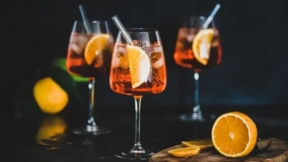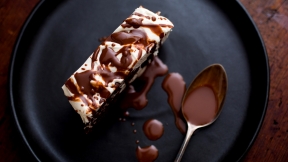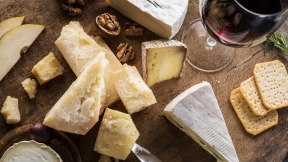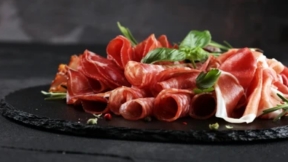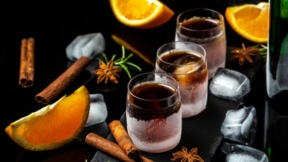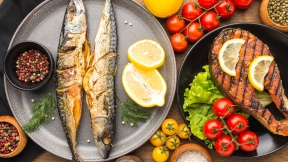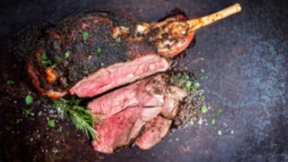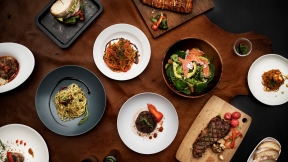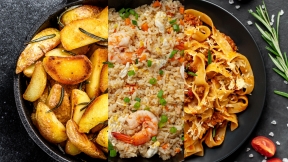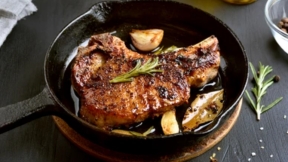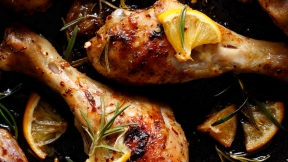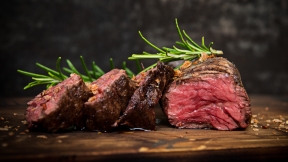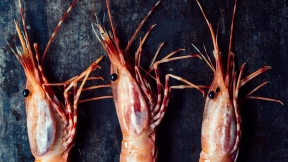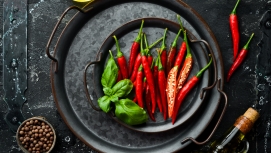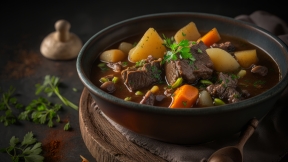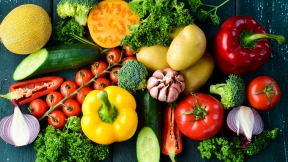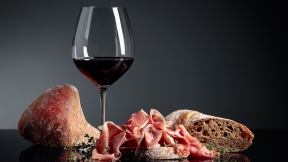The Sauternes Cup is a prestigious race held each May at Happy Valley Racecourse, and Dr. Jean-Michel Descamps, the honorary mayor of Sauternes, attends each year to present the trophy with a large-format bottle of the region’s world-famous sweet wine.
Dr. Decamps is also the Chairman of the Bordeaux Racecourse, and a semi-retired medical doctor – all roles and passions he has juggled with joy for decades. “I was born one foot in a stable and the other in a barrel,” he once told regional newspaper Le Républicain, and his career shows, having helped establish the connection between local winemakers with the municipality. Among countless efforts to promote the region, he also created Sauternes’ tourist office, and brought significant events such as the 1997 Tour de France to the area.
His father was a winemaker, so Dr. Decamps’ love affair with wine began early on, when he was just a toddler. He shares that at five years old, he had run into the cellar to explore, where he took the tasting pipette and sipped straight from the barrel like from a straw. “I was completely drunk!”
The prized Sauternes sweet wine, referred to by some as “liquid gold”, is made from a mix of Sémillon, Sauvignon Blanc and Muscadelle grapes that have been affected by Botrytis cinerea, also known as noble rot, which helps the grapes develop the characteristic sweet raisined flesh that’s rich in aromas of candied fruit.
Considered a menace in other winemaking regions, this requisite process of incorporating Botrytis rot requires precise weather conditions, making Sauternes wine production a costly and painstaking process.
At one point, it was very difficult to sell Sauternes wine as it was not something you can drink large amounts of due to its sweetness. And its long ageing potential (decades rather than years) meant that people often left them forgotten in their cellars. “French people used to drink Sauternes only at Christmas, and not during the year,” Dr. Descamps says. “Today, Sauternes is fashion.”
Habits have also begun to shift worldwide, thanks in part to Dr. Descamps’ work, where events like the annual Sauternes Cup are a prime opportunity for exposure, “so that people in Hong Kong and China can know more about Sauternes,” he says.
These days, palates for Sauternes wine have gotten only more sophisticated. Wines from the limestone-rich Barsac commune is lighter in profile than the rest of the region, for instance. You can also sip younger Sauternes as well as the sweeter, more traditionally aged vintages across various occasions. It’s especially apt for white meat, seafood such as fresh oysters, clams and scallops, and strong, salty cheeses like roquefort. “You can have Sauternes with everything, except red meat,” he says.
Dr. Descamps’ tips? Drink young Sauternes with light appetisers. “If you drink a very old one at the start of the meal, you have too much sugar to taste on the palate, and you won’t be able to appreciate other wines or dishes,” he says.
“You can have it with dessert, but make sure there’s not too much sugar in the dessert – the Sauternes should be sweeter. It’s always about the contrast.”
Another way that Sauternes has been incorporated into the mainstream is through cocktails. Although Dr. Decamps prefers the wine lightly chilled and sipped as is, these creations are great for party occasions and another way to promote the joy of sipping Sauternes. Try his Sangria au Sauternes cocktail recipe below:
Sangria au Sauternes
In a large pot or punch bowl, mix Sauternes wine with your choice of Cognac, Brandy, Cointreau or Rum to taste. Add fresh-cut white fruits like apricot, pineapple, lychee, white grapes. Let the flavours combine overnight or over a few hours before serving.
Celebrating a big occasion such as the upcoming Father’s Day at the Club? Try a bottle of Sauternes for your toast or take one home from Wine Circle.
Dr. Decamps is also the Chairman of the Bordeaux Racecourse, and a semi-retired medical doctor – all roles and passions he has juggled with joy for decades. “I was born one foot in a stable and the other in a barrel,” he once told regional newspaper Le Républicain, and his career shows, having helped establish the connection between local winemakers with the municipality. Among countless efforts to promote the region, he also created Sauternes’ tourist office, and brought significant events such as the 1997 Tour de France to the area.
His father was a winemaker, so Dr. Decamps’ love affair with wine began early on, when he was just a toddler. He shares that at five years old, he had run into the cellar to explore, where he took the tasting pipette and sipped straight from the barrel like from a straw. “I was completely drunk!”
The prized Sauternes sweet wine, referred to by some as “liquid gold”, is made from a mix of Sémillon, Sauvignon Blanc and Muscadelle grapes that have been affected by Botrytis cinerea, also known as noble rot, which helps the grapes develop the characteristic sweet raisined flesh that’s rich in aromas of candied fruit.
Considered a menace in other winemaking regions, this requisite process of incorporating Botrytis rot requires precise weather conditions, making Sauternes wine production a costly and painstaking process.
At one point, it was very difficult to sell Sauternes wine as it was not something you can drink large amounts of due to its sweetness. And its long ageing potential (decades rather than years) meant that people often left them forgotten in their cellars. “French people used to drink Sauternes only at Christmas, and not during the year,” Dr. Descamps says. “Today, Sauternes is fashion.”
Habits have also begun to shift worldwide, thanks in part to Dr. Descamps’ work, where events like the annual Sauternes Cup are a prime opportunity for exposure, “so that people in Hong Kong and China can know more about Sauternes,” he says.
These days, palates for Sauternes wine have gotten only more sophisticated. Wines from the limestone-rich Barsac commune is lighter in profile than the rest of the region, for instance. You can also sip younger Sauternes as well as the sweeter, more traditionally aged vintages across various occasions. It’s especially apt for white meat, seafood such as fresh oysters, clams and scallops, and strong, salty cheeses like roquefort. “You can have Sauternes with everything, except red meat,” he says.
Dr. Descamps’ tips? Drink young Sauternes with light appetisers. “If you drink a very old one at the start of the meal, you have too much sugar to taste on the palate, and you won’t be able to appreciate other wines or dishes,” he says.
“You can have it with dessert, but make sure there’s not too much sugar in the dessert – the Sauternes should be sweeter. It’s always about the contrast.”
Another way that Sauternes has been incorporated into the mainstream is through cocktails. Although Dr. Decamps prefers the wine lightly chilled and sipped as is, these creations are great for party occasions and another way to promote the joy of sipping Sauternes. Try his Sangria au Sauternes cocktail recipe below:
Sangria au Sauternes
In a large pot or punch bowl, mix Sauternes wine with your choice of Cognac, Brandy, Cointreau or Rum to taste. Add fresh-cut white fruits like apricot, pineapple, lychee, white grapes. Let the flavours combine overnight or over a few hours before serving.
Celebrating a big occasion such as the upcoming Father’s Day at the Club? Try a bottle of Sauternes for your toast or take one home from Wine Circle.









